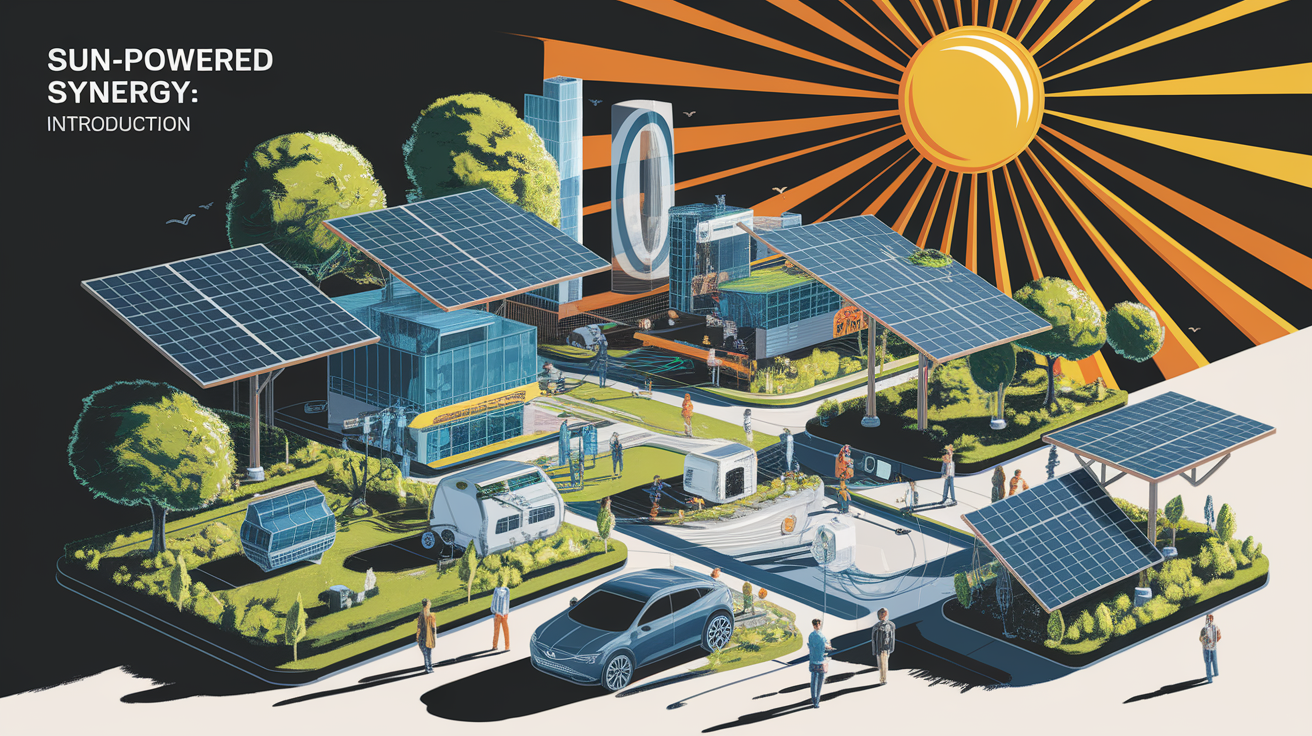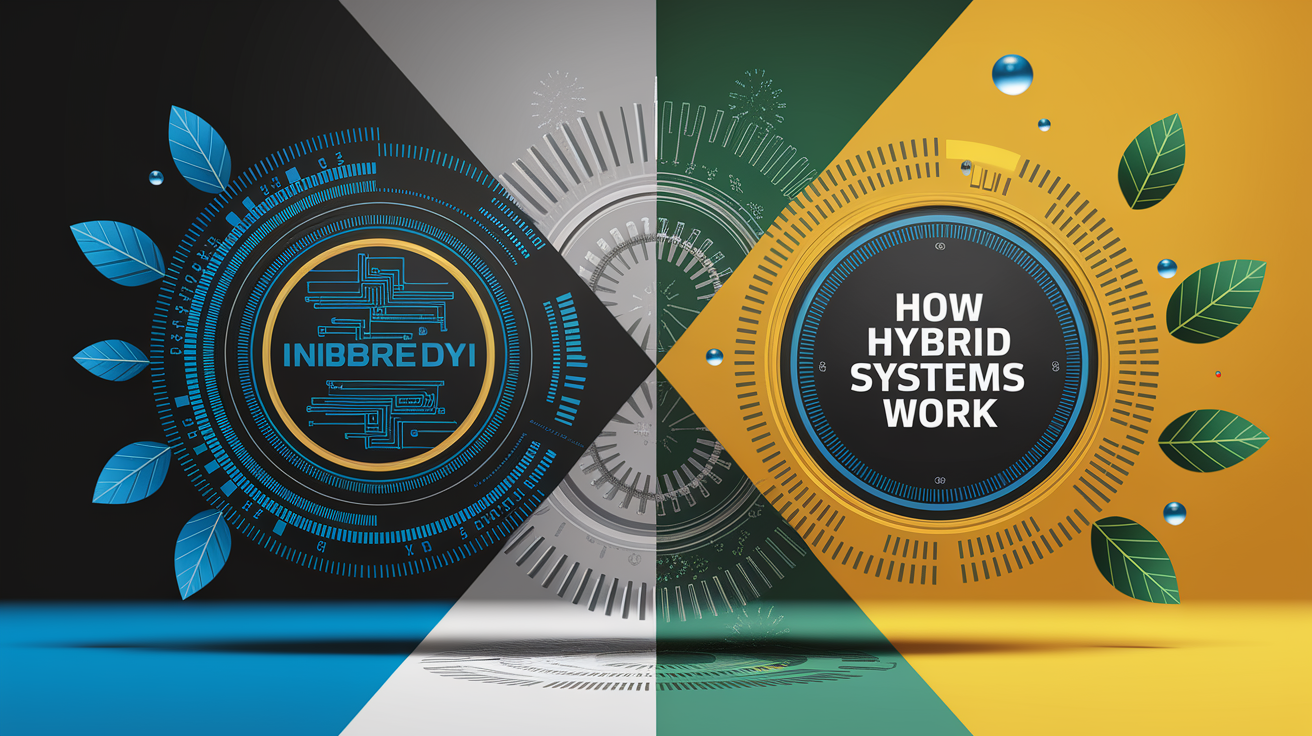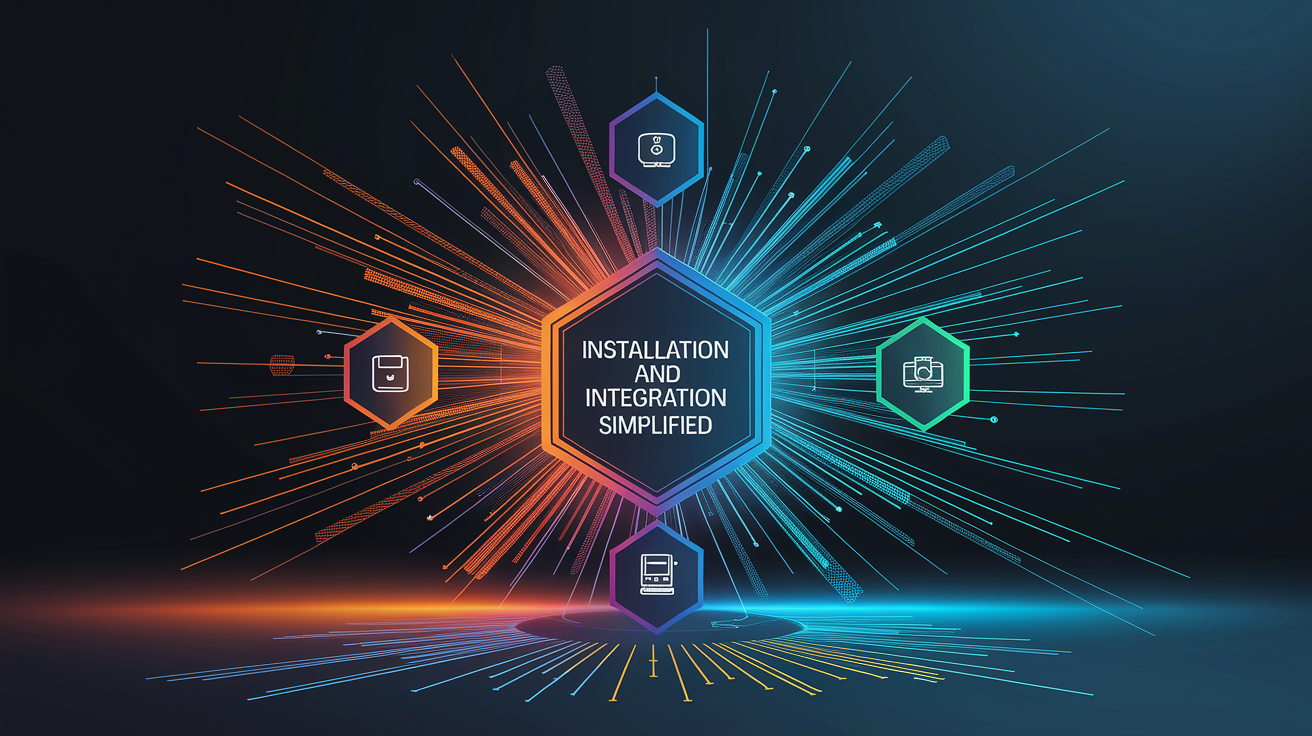Power Shift: A Practical Guide to Hybrid Solar Storage Solutions
Sun-Powered Synergy: Introduction
Hybrid solar storage solutions have moved from the theoretical to the transformational, offering homeowners and businesses a powerful tool for energy resilience and cost control. By intelligently merging a solar Photovoltaic System (PV) with onsite battery storage and a connection to the utility grid, these systems deliver an uninterrupted power supply. This ensures the lights stay on during a power outage and provides a new level of energy independence, putting you in direct control of how you produce, store, and use your electricity.

How Hybrid Systems Work
At its core, a hybrid solar system is an intelligent energy hub. During daylight hours, solar panels generate direct current (DC) electricity. This power travels to a specialized hybrid inverter, the system’s brain, which performs several critical tasks:

- It converts DC electricity into the alternating current (AC) needed to power your home or business.
- It directs any excess solar energy to charge your home energy storage battery, such as a Tesla Powerwall or LG Chem RESU.
- It manages the flow of electricity, deciding in real-time whether to use solar power, draw from the battery, or pull from the grid.
When the sun sets or on cloudy days, the system automatically switches to drawing power from the stored energy in the Lithium-Ion Battery. Only when the battery is depleted will the system draw from the utility grid, ensuring it’s used as a last resort. This seamless orchestration of components and their interaction maximizes solar self-consumption and provides reliable backup power.
Choosing the Right Hybrid Setup
Selecting the best hybrid solar system for home use involves more than just picking panels and a battery. It requires a strategic assessment of your energy goals. Key considerations include:

- Energy Storage Capacity: The answer to “What size solar battery do I need for my home?” depends on your objectives. Do you want to cover evening energy use to avoid peak utility rates, or do you require full power outage protection for multiple days? Capacity, measured in kilowatt-hours (kWh), must be matched to your consumption patterns and desired level of resilience.
- System Coupling (AC vs. DC): The choice between AC-coupled and DC-coupled systems impacts efficiency and installation flexibility. An AC-coupled system is ideal if you want to add a battery to your existing solar panel system. A DC-coupled system, where solar and battery share a single hybrid inverter, is typically more efficient for new, fully integrated installations from brands like SolarEdge or Enphase.
- Battery Technology: While various hybrid energy storage systems exist, lithium-ion chemistry dominates the residential market due to its high energy density, long lifespan, and declining costs.
- Energy Management System (EMS): A sophisticated EMS is what makes a hybrid system truly smart. It enables advanced strategies like peak shaving (using battery power to avoid high demand charges) and time-of-use optimization (charging the battery with cheap grid power to use during expensive peak hours), which are critical for maximizing your return on investment.
Installation and Integration Simplified
A professional battery system installation is crucial for safety, performance, and compliance. Reputable installers handle the entire process, from initial site assessment and system design to permitting and final grid interconnection. The physical components—solar panels on the roof, and the hybrid inverter and battery, often wall-mounted in a garage or utility room—are integrated directly into your home’s electrical switchboard. This allows the system to power your entire home or select critical loads. Modern solar plus storage systems are designed for seamless integration with the existing electrical infrastructure and the emerging Smart Grid, contributing to greater overall grid resilience.

Costs, Incentives, and ROI
The upfront answer to “how much does a hybrid solar storage system cost” has become increasingly favorable for consumers. While the initial investment includes the solar panels, hybrid inverter, battery, and installation, significant financial incentives can dramatically lower the net cost. The Federal Solar Tax Credit (ITC), for instance, applies to both the solar and the energy storage components, providing a substantial credit on your federal taxes. The return on investment for solar battery storage is multifaceted, extending beyond simple bill reduction.
- Reduced Electricity Bills: By maximizing the use of your own solar power, you drastically cut reliance on purchasing energy from the utility.
- Power Outage Protection: The value of uninterrupted power during a grid failure—keeping lights on, refrigerators running, and home offices operational—is a significant, if often unquantified, financial benefit.
- Protection from Rate Hikes: Generating and storing your own energy insulates you from volatile utility rate increases and complex time-of-use pricing structures.
Ultimately, a grid-tied system with battery backup transforms electricity from a variable expense into a predictable, controlled cost.
Maintenance and Performance Monitoring
Modern hybrid solar storage solutions are engineered for reliability and minimal owner intervention. Solar panels require occasional cleaning, and the solid-state electronics in inverters and battery systems are virtually maintenance-free. The lifespan of a high-quality solar battery is typically 10 to 15 years, backed by robust manufacturer warranties. The real advantage lies in performance monitoring. Companies like Sonnen and Enphase provide intuitive mobile and web applications that offer a real-time window into your smart home energy ecosystem. You can monitor solar generation, track household consumption, see your battery’s state of charge, and quantify your financial savings, all from your smartphone.
Powering Tomorrow: Conclusion
Hybrid solar storage solutions represent a decisive shift in personal energy management. They solve the fundamental challenge of solar intermittency, transforming a variable daytime resource into a firm, 24/7 power supply. By delivering a powerful combination of cost savings, energy security, and sustainable power, these integrated systems are no longer a future-facing concept but a practical technology for today. This technology not only empowers individual consumers but also plays a vital role in creating a more stable and reliable grid for everyone.







